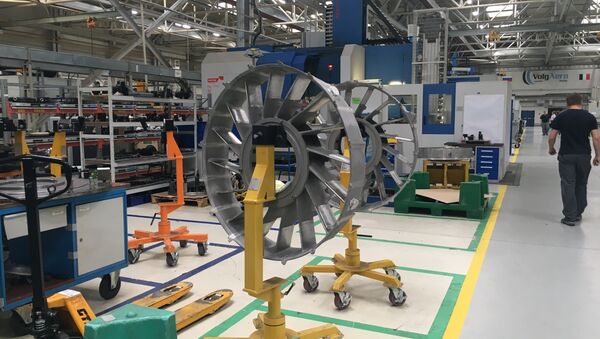The company, which is currently known as NPO Saturn, was originally founded in 1916 in the Russian city of Rybinsk. It is currently part of the Rostec state corporation, a major company manufacturing a wide range of civil and military products.
Over the course of its century-long illustrious history, the company has come a long way from being a simple automotive plant to a sprawling manufacturing complex that supplied engines for Russian civilian and military aircraft.
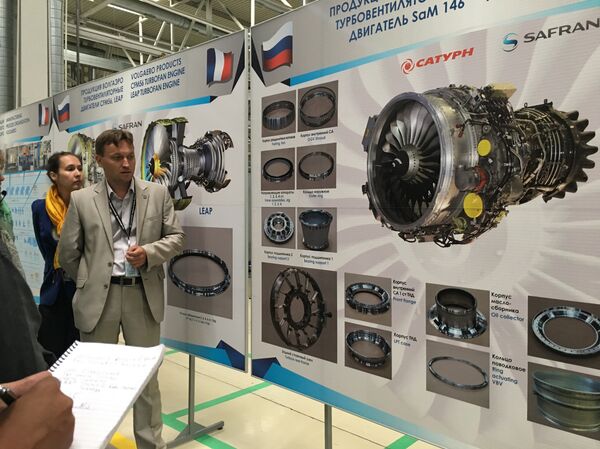
A Sputnik Brazil correspondent visited the VolgAero plant – a joint venture established by NPO Saturn and French tech conglomerate Safran in 2005 — where the PowerJet SaM146 turbofan engines are manufactured.
During a tour of the facility, the journalist was able to learn how these powerful engines are produced.
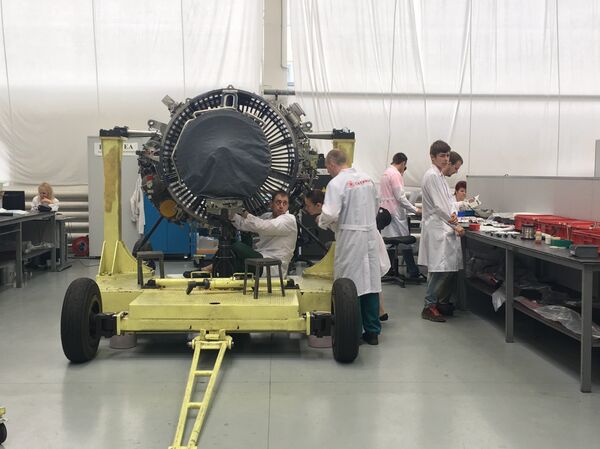
"When it comes to engine assembly, quality becomes the main criteria; we’re talking about manned flights here, so that means a huge responsibility, there’s no room for error," assembly area chief Mikhail Sasarin said.
He explained that prior to the assembly process the technicians compile a special checklist in order to meticulously inspect the functionality of all of the components and the associated documentation. Only after this step is completed do the company’s highly skilled specialists begin the assembly, with the whole process lasting about four to five days.
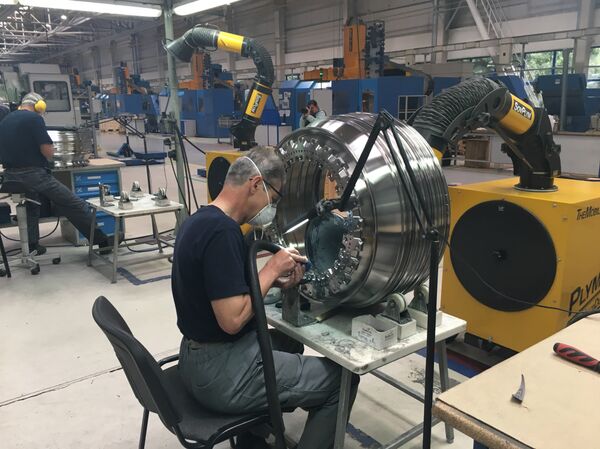
Once the assembly is over, the testing begins. During this process, which lasts for at least a day, the engine is subjected to simulated flight conditions, allowing the technicians to gauge their creation’s performance and spot any possible defects.
The entire testing process is controlled remotely from a room resembling an actual pilot’s cockpit.
Roman Lyubimov, head of the testing area, said that the test stand they employ allows NPO Saturn technicians to monitor up to 1,000 different parameters during the testing process, including thrust, fuel consumption rate, gas and liquid pressure, engine temperature, etc.
And once the testing process is complete, the engine is then ready to be shipped and installed on an aircraft – for example, the PowerJet SaM146 engines are being sent to a plant in Komsomolsk-on-Amur to be fitted on Sukhoi Superjet 100 airliners.
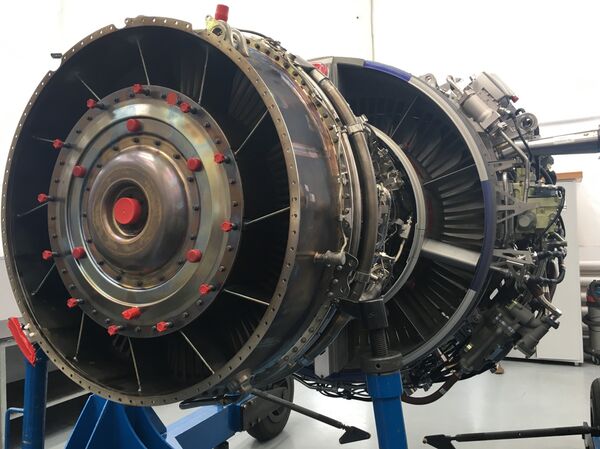
And it appears that even the economic sanctions imposed against Russia by several Western states in 2014 did little to stop Saturn’s advance into foreign markets.
Mikhail Berdennikov, an NPO Saturn representative and head of the SaM146 project, told Sputnik that the company "does its part" in producing aircraft engines for civil aviation workhorses like the Airbus A320 and the Boeing 737.
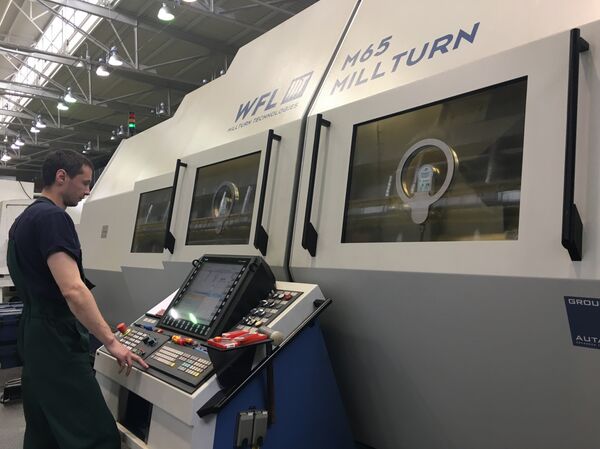
"We seek to be competitive and to become a world-class supplier. And now we stand a good chance to do so," he said.
